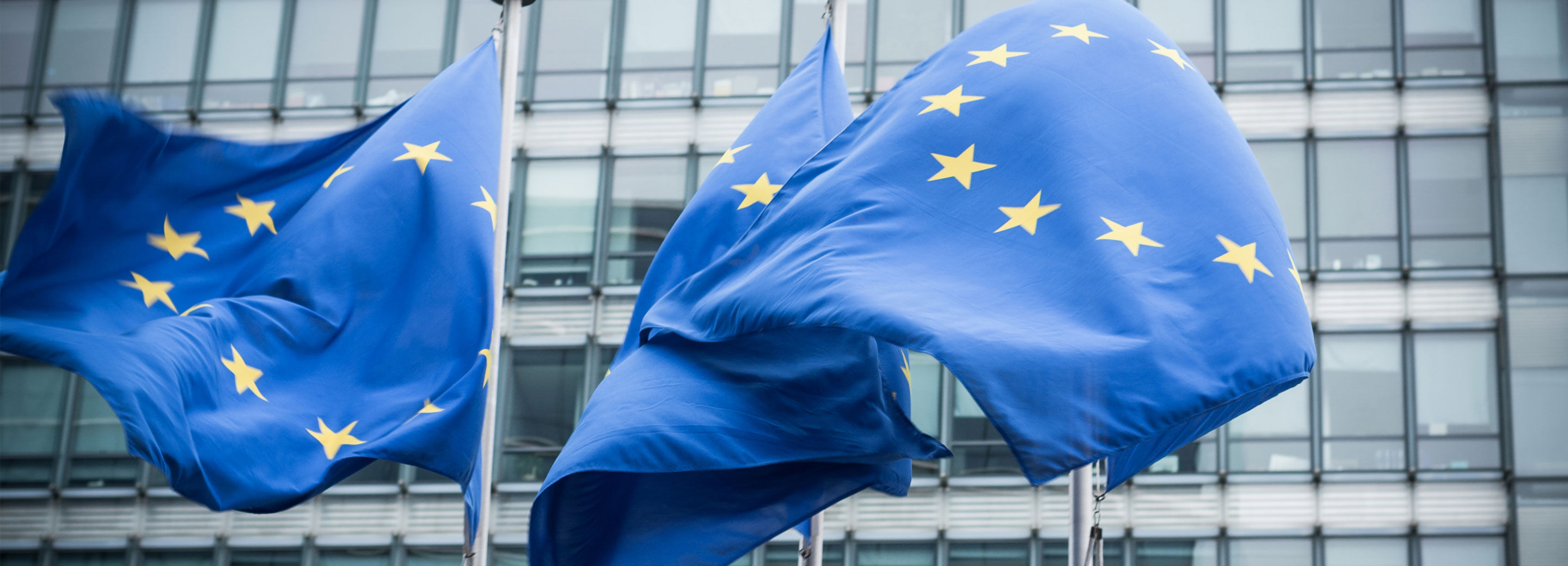Peter Boerhof ist Senior VAT Director bei Vertex. In seiner Rolle bietet er Einblicke und Denkanstöße zu den Auswirkungen von Steuervorschriften und Steuerpolitik sowie den neuen Technologietrends im globalen Steuerwesen. Herr Boerhof verfügt über umfangreiche Erfahrung in internationalen Transaktionen, Unternehmensumstrukturierungen, Steuerprozessoptimierung und Steuerautomatisierung. Bevor er zu Vertex kam, war er Leiter für indirekte Besteuerung bei AkzoNobel, wo er ein TCF-System entwickelte und implementierte, die Abführung von Umsatzsteuer optimierte und den Übergang zu einem zentralisierten Modell für die Steuerabgabe für globale Steuerprozesse leitete.
Er war auch für die Planung und Einhaltung indirekter Besteuerung bei Fusionen und Übernahmen, Lieferketten- und ERP-Projekten sowie für die Implementierung von Steuerautomatisierungsinitiativen wie Tax Engines und Robotics verantwortlich. Herr Boerhof arbeitete auch bei KPN Royal Dutch Telecom, wo er für die Umsatzsteuer verantwortlich war. Außerdem beriet er bei den Big-Four-Wirtschaftsprüfern Deloitte und Ernst & Young (EY) zu Umsatzsteuer und Optimierungsprozessen. Er hat einen MBA von der Rotterdam School of Management und einen Master in Steuerrecht von der Universität Groningen.


